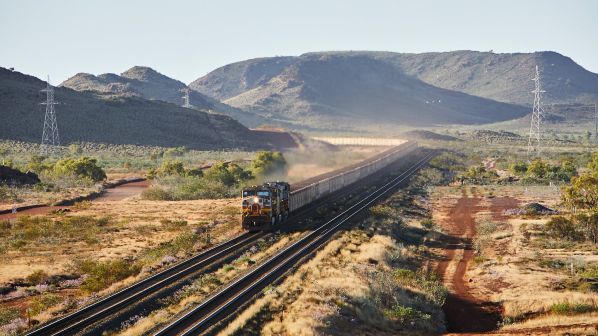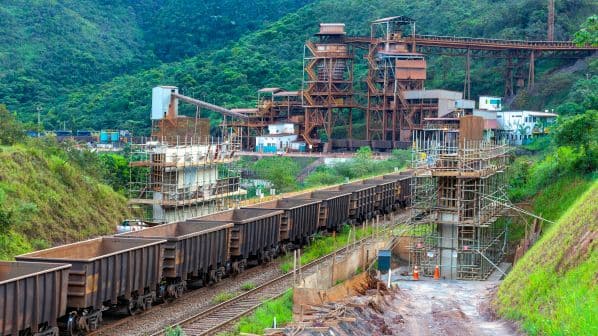IRJ at IHHA 2023 Rio de Janeiro: THE International Heavy Haul Association (IHHA) has released its Heavy Haul Vision 2030 (HHV2030), which outlines the challenges and opportunities that the fourth industrial revolution will pose to the heavy haul sector in the coming years.
The study was launched following the IHHA conference in Cape Town in 2017, with a strategy workshop in 2018 outlining how heavy-haul railways are expected to deal with higher tonnages.
“It is foreseen that by 2030 the technologies associated with the fourth industrial revolution will have reached stages enabling Train Control Management Systems (TCMS) to operate automated trains on flexible-length moving blocks without any on-track or track-side equipment,” the HHV2030 says.
“Sensor systems will measure and detect on-train and track-side parameters and report results in real-time to controllers where it can be stored and processed for immediate or later use. A key impact of all this will be the ability to tighten train headways and gain increased tonnage throughput on existing infrastructure, reducing long-term capital requirements as tonnages increase.”
The vision foresees a railway that is integrated with the production and supply chain, so that trains are precisely launched to align with loading and unloading slots at depots and ports.
HHV2030 also anticipates a move away from soft administrative controls such as procedures and rules in favour of additional research needed to engineer, automate and eliminate exposure to risk.
While heavy haul railways have seen a steady decline in total number of derailments, there has been some plateauing in human-factor derailment rates. “There should be a systems approach in the design for safety,” the vision says. “This will require collaboration between rail operators and research institutions, vendors and regulators.”
Recognising the importance of providing an “emotionally positive experience” to customers will also become increasingly important, the vision says, as most railways do no have customer-experience enablers built into their strategies.
Future communications and data analysis will need to be network-centric, with predictive algorithms tracking train movements in real-time to anticipate when and where traffic flows will converge.
Investments in communication and automation systems resulting in mobile signalling blocks as well as in higher-strength tracks will enable trains to be bigger, heavier and safer, with axle loads exceeding 45 tonnes.
Bigger is better?
However, the vision also raises the potential that the trend of “bigger is better,” which has lead to increases in axle load, bigger wagons, longer trains, higher powered locomotives, distributed power, and improved braking to utilise a finite number of train slots, may be superseded. Instead, autonomous trains and flexible moving-block signalling could be used to increase capacity while allowing the use of lighter, shorter trains or convoys of trains.
In addition, operators will face pressure to optimise fuel consumption and to convert to more environmentally-friendly means of traction.
Maintenance costs will have to be lowered and become more predictable, while maintaining high levels of freight car availability. Wagons will also be equipped with smart sensors to continuously transmit condition data, while new materials and 3D printing will be used to optimise the wagon structure. Performance based maintenance will also become the preferred strategy.
The plan envisions a major break-through in technology and equipment for the construction of track infrastructure, including new assembly-type structural systems, intelligent digital manufacturing technologies and automated installation technologies. Track maintenance is also expected to switch from reactive to predictive, with dynamic track maintenance planning based on real-time data.
IHHA says collaboration will be needed to achieve the goals set out in the 2030 vision, as individual operators and railways will not have the skills and foresight to achieve them all.


